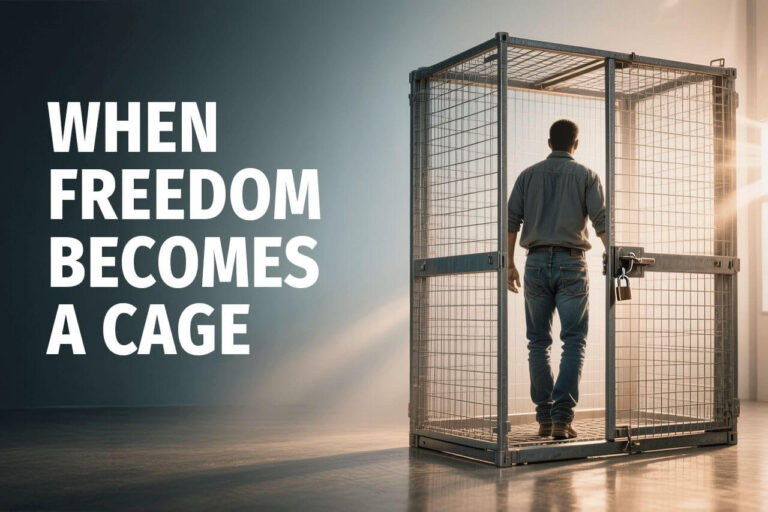When we think of transitions in business, it’s often from one generation to another or when a business is being sold and it’s from one owner to another. While these are certainly examples of transitions, they’re not the only ones.
In 2021 I wrote a Monday Morning Notes series in which I addressed the topic of transitions. In it I wrote, “But transitions don’t just take place when we’re preparing to exit our company. They take place throughout our life, our career, and (the) lifecycle of our business. And each transition is a process, not an event.”
One of the earliest times we confront a transition in business is when the company matures from its adolescence phase to its young adult phase. While there is no defined age or dollar size that determines when this takes place, there are some tell-tale signs that let us know we’re experiencing a transition. It’s then that we need to decide whether we’re going to continue growing into adulthood or remain at our current size. Here are a few indicators that let us know it’s decision time.
People. We find ourselves struggling to attract and keep the people we need to support the growing company. The employees hired in the early days of the business frequently are not equipped or just not interested in growing themselves as the business grows. Just like the owner, they were at a different place in their lives, with different interests and needs, when the company first started.
It’s not uncommon for a company to outgrow the people it employed in the start-up phase or when it was younger or smaller. The demands of the job or the skills and interests of the early employees sometimes no longer align.
The same compensation plans and leadership style that worked earlier may not attract the people needed now. A company’s ability to afford these more-talented workers is a function of its pricing models and operating efficiency. Its ability to attract and keep these workers is a function of its people’s leadership skills.
Since small businesses are frequently populated with relatives or family members, it’s easy to run out of people who share the same last name to staff the growing company, adding the new challenge of learning to manage workers who aren’t related.
Sometimes the folks who performed their jobs well before are no longer able to meet the demands of a larger company. Just as importantly they often don’t want to meet those demands. While “employee development” has gained a lot of notice as a retention tool for today’s workers, there are times when people aren’t interested in being developed. They are perfectly happy performing the job they were initially hired to do but aren’t interested in learning new things. The same can often be said about owners.
As leaders, our perception of the people we need in our company must change, and this can bring a lot of fear. We’ve grown familiar and comfortable with the people we have, so the thought of hiring people more talented than we are can be frightening.
Recognizing the underlying causes of these growing pains while in their early stages can help us avoid a lot of frustration and expense. In Part II of this series, I’ll explore three additional tell-tale signs that a company may be experiencing a transition.



